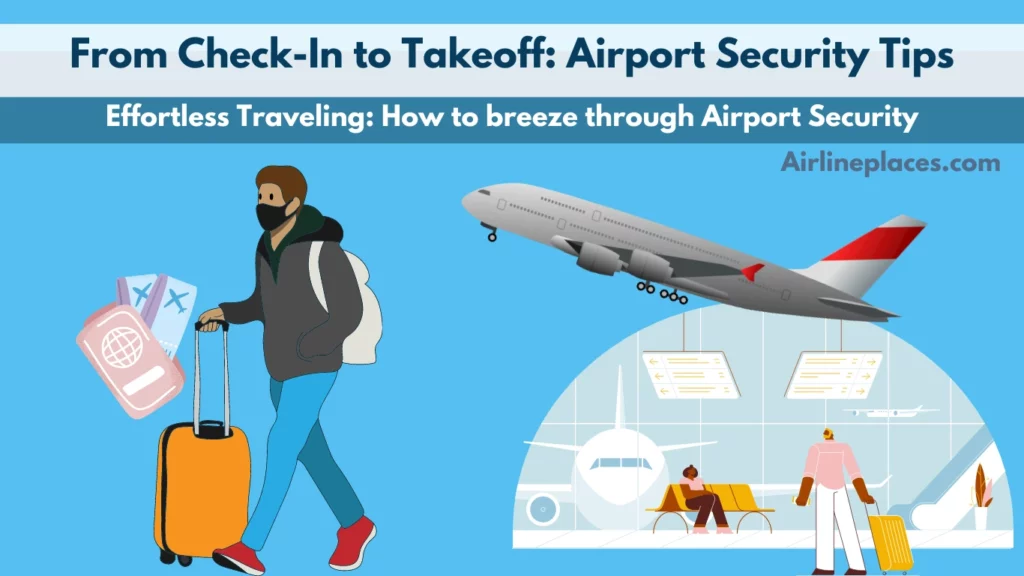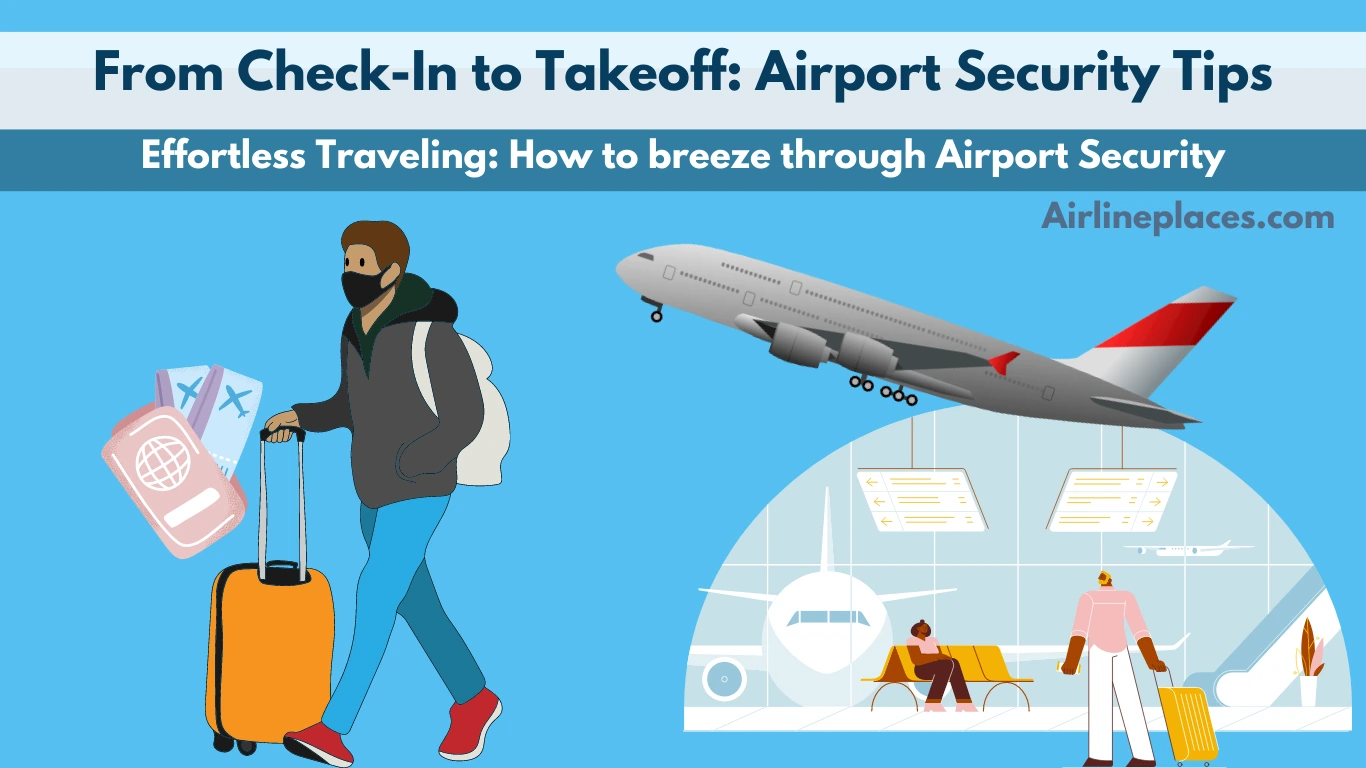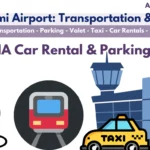Hey there! You know, airport security is absolutely vital for all of us when we travel. It’s not just a routine thing – it’s all about keeping everyone safe and secure during their journey.
We want to make sure that you, your fellow travelers, and all the airport staff are protected from any potential risks or threats. So, it’s really for the greater good and to ensure that you can fly with peace of mind.
It’s all about creating a safe environment for everyone during the flight. We want you to have a smooth and stress-free travel experience, and these checks play a significant role in making that happen.

Airport Security Tips for a Stress-Free Journey
Precheck
Arriving Early: Beat the Rush!
- Arrive at the airport with plenty of time before your flight.
- Avoid the stress of rushing through security by giving yourself extra time.
- Early arrival allows for smoother security checks and a relaxed travel experience.
Being Organized: Easy Access is Key!
- Have your travel documents and boarding pass ready for quick access.
- Organize your carry-on bag, making it easy to remove electronics and liquids.
- Keep essential items within reach to streamline the screening process.
Dressing Appropriately: Comfort Meets Convenience!
- Wear comfortable clothes and slip-on shoes to breeze through security.
- Avoid heavy jewelry and excessive accessories to reduce hassle during screening.
- Choose clothing without excessive metal, like belts or large buckles.
Compliance with TSA Regulations: Play by the Rules!
- Familiarize yourself with TSA guidelines for carry-on items and liquids.
- Place liquids and gels in a clear, quart-sized bag for hassle-free inspection.
- Follow TSA regulations to avoid delays and ensure a smooth security process.
Carry-On Luggage:
Pack Liquid and Gel Items:
- Securely seal all liquids and gels in leak-proof containers.
- Place them in a clear, resealable plastic bag to comply with TSA rules.
- Each container should not exceed 3.4 ounces (100 milliliters).
Remove Electronics from Bags:
- Take out laptops, tablets, and large electronics for separate screening.
- Place them in a separate bin to speed up the security process.
- Keep chargers and smaller gadgets inside your carry-on.
Consolidate Cables and Wires:
- Neatly organize cables and wires to avoid tangles and confusion.
- Use cable organizers or ziplock bags to keep them together.
- Avoid placing loose cables in pockets or tangled with other items.
Use Clear Plastic Bags for Liquids:
- Use quart-sized, clear plastic bags for easy visibility during screening.
- Fill the bag only with travel-sized liquids and gels that meet regulations.
- Have the bag easily accessible to remove and place in a bin at the security.
Tips for New Travelers:
Remove Outerwear and Accessories:
- Take off jackets, coats, and bulky outerwear before reaching the checkpoint.
- Remove hats, scarves, and belts with large buckles for smoother screening.
- Place all removed items in a bin provided by security.
Place Items in Bins:
- Organize your belongings for efficient scanning in separate bins.
- Place electronic devices, laptops, and liquids in individual bins.
- Keep personal items like wallets, keys, and phones in a separate bin.
Walk-Through Metal Detectors or Body Scanners:
- Follow security personnel instructions for the metal detector or body scanner.
- Walk through the metal detector calmly without any metal items on you.
- For body scanners, stand still and follow directions from the operator.
Medicines and Medical Devices
Declare Prescription Medications:
- When you reach security, inform the officer about your prescription medications.
- Present them separately for inspection in a clear, plastic bag.
- Be ready to provide details if requested, like medication names and dosage.
Request for Special Screening for Medical Devices:
- If you have medical devices like insulin pumps or pacemakers, notify the security officer.
- Request a private screening if you prefer a more discreet inspection.
- Be proactive in explaining how the devices work to ease the process.
Bring Necessary Medical Documentation:
- Carry relevant medical documents, such as doctor’s notes or prescriptions.
- Ensure the documents have your name and match the medications or devices.
- Keep them accessible to show security if needed for verification
Traveling with Children & Infants
Carrying Baby Items Through Security:
- Before reaching security, organize essential baby items in a diaper bag.
- Keep baby food, formula, and breast milk within the 3.4-ounce limit in a clear bag.
- Declare these items to security and have them inspected separately if requested.
Stroller and Car Seat Procedures:
- At the security checkpoint, fold and place the stroller on the X-ray belt.
- For car seats, inspect it visually and put it on the belt if needed.
- You can carry your child through the metal detector while holding their hands.
Prepare Children for Security Checks:
- Explain the security process to your children beforehand in a reassuring tone.
- Teach them to place their toys or belongings in the provided bins.
- Encourage them to walk calmly through the metal detector, following instructions.
For International Travel
Prepare for Customs Checks:
- Before your trip, familiarize yourself with the customs regulations of your destination country.
- Be aware of the allowed and prohibited items to avoid any issues during customs checks.
- Declare any necessary items, such as valuable items, gifts, or certain food products, as required.
Keep Important Documents Handy:
- Have your passport, visa, travel itinerary, and accommodation details readily accessible.
- Keep a printed or digital copy of essential documents, such as travel insurance, health certificates, and emergency contacts.
- Keep all documents in a secure, waterproof folder for easy access and protection.
Once Done, What’s Next
- Take your time to gather your belongings after passing security.
- Make sure you have all your items, including electronics, shoes, and personal belongings.
- Organize them back into your carry-on bag or pockets before moving on.
- Check the departure screens or airport maps to locate your flight’s gate and departure terminal.
- Give yourself enough time to get to the gate, especially if the airport is large or has multiple terminals.
- Follow the signs and directions provided to reach your gate.
- Stay vigilant and keep a close eye on your belongings at all times.
- Avoid leaving your belongings unattended, even for a moment.
- Consider using anti-theft measures such as locks and RFID-blocking wallets to protect your valuables.








